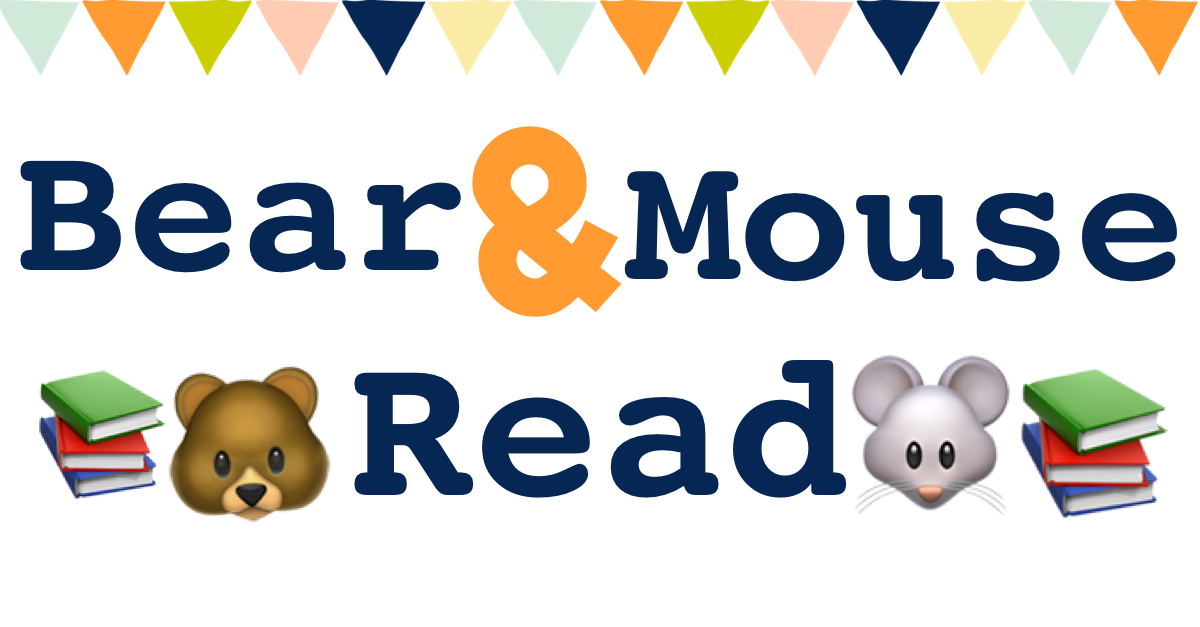What’s in the bag Wednesday: Finding Winnie
It’s nonfiction November and so I wanted to share one of our most recent library books, Finding Winnie by Lindsay Mattick and illustrated by Sophie Blackall. I recognized Finding Winnie when I saw it featured on the end of an aisle where our librarians feature new, seasonal, or recommended reads. The book won a Caldecott Medal this year, so knowing it was a winner, I tossed it in our bag in the last minute rush to check out. I didn’t give it much thought again till bed time.
Author Lindsay Mattick is the great granddaughter of Harry Colebourn, a World War I soldier who served as a veterinarian for horses in the war. The story is framed as Lindsay telling her son Cole the story of Harry and the remarkable bear he happened to buy from a trapper at a train station. It jumps from past to present throughout the story, as the boy interrupts to ask his mother questions (so much like our own bed time stories go each night).
“This is the story of the REAL Winnie the Pooh,” I tell Bonnie.
“The real Winnie the Pooh? Winnie the Pooh is yellow,” she replies matter-of-factly in her I-know-everything three year old voice.
At this moment I realize that the characters in the stories I read to Bonnie ARE real to her. There is no fiction and nonfiction to her yet. And understanding what is real and pretend, fiction and nonfiction will surely come, but right now the worlds are blurred. When and how do I start to separate them? In giving her the non fiction Winnie now, was I kind of shattering the glass for the stuffed with fluff yellow Pooh she already loved? I began having mixed emotions, but continued on…
“Well, the story book Winnie is yellow, you’re right. But this is the story of a real bear that the story book Winnie is based on. And he is brown.”
Even as I spoke I realized this was still confusing because both bears come from story books. Based on? would she know what that meant? Maybe inspired? Words! Internal mom crisis! She didn’t question though, so we began again…
Harry was a veterinarian – “a doctor for animals,” I explain to Bear – and he is going away on a train to learn to be a veterinarian for soldiers‘ horses.
“What are soldiers?” She points at the picture.
Soldiers fight wars. Soldiers die. Soldiers kill other people sometimes I think. Please don’t ask what war is.
“Soldiers,” I say, “are heroes. They are good guys who protect their country from bad guys.”
The moment in the story when Harry sees the trapper with the bear cub at the train station, the book almost feels the parental struggle to explain the ugly parts of life to children:
“What do trappers do?” Cole asks his mom.
“It’s what they don’t do,” the mom answers. “They don’t raise bears.”
“Raise them?”
“You know, love them.”

So Harry saves the bear and names her Winnipeg, after his home town. Winnie becomes a mascot of the Second Canadian Infantry Brigade. The book sweetly captures all the fun and mishaps of having a bear in camp – from figuring out what to feed her, to keeping her from climbing tent poles.

Eventually it’s “time to fight” and Harry decides to take Winnie to live at the London zoo to keep her safe.
“Harry is going somewhere dangerous,” I explain, “and the zoo will take care of Winnie while he can’t.”
The end of one story makes way for another, of course, because it is at the zoo that a boy named Christopher Robbin and his father visit a gentle, remarkable bear named Winnie.
Do you read your kid’s books before you check them out from the library or sit down to read them together? This is one I wish I had read before sharing with Bear. If only to give myself time to come up with how best to answer her questions. Some vulnerability here – I often have no idea how to answer her, or frame the answer the “right way.” I wish I had given myself time to think, or the option of waiting to read this book till she’s a little bit older.
Even still, the goodness and kindness of the book isn’t overshadowed by war, or the grown up realities of the historical context. Finding Winnie beautifully captures the themes of legacy, familial identity, and respect for passing on our histories. There really are a hundred stories behind our story, and they are worthy of exploring. You can feel Mattick’s passion for preserving her great grandfather’s legacy as she makes these connections for her son. I loved this book as an introduction to nonfiction writing for Bonnie, and I am sure it is one we will come back to in time.
Some extras:
Watch the making of Finding Winnie
Listen to a radio interview with the author here or a rare clip of author A.A. Milne reading from the fictional Winnie the Pooh here.
Do you Pinterest? I’ve created this board full of extras, activities, and resources. Check it out here.








